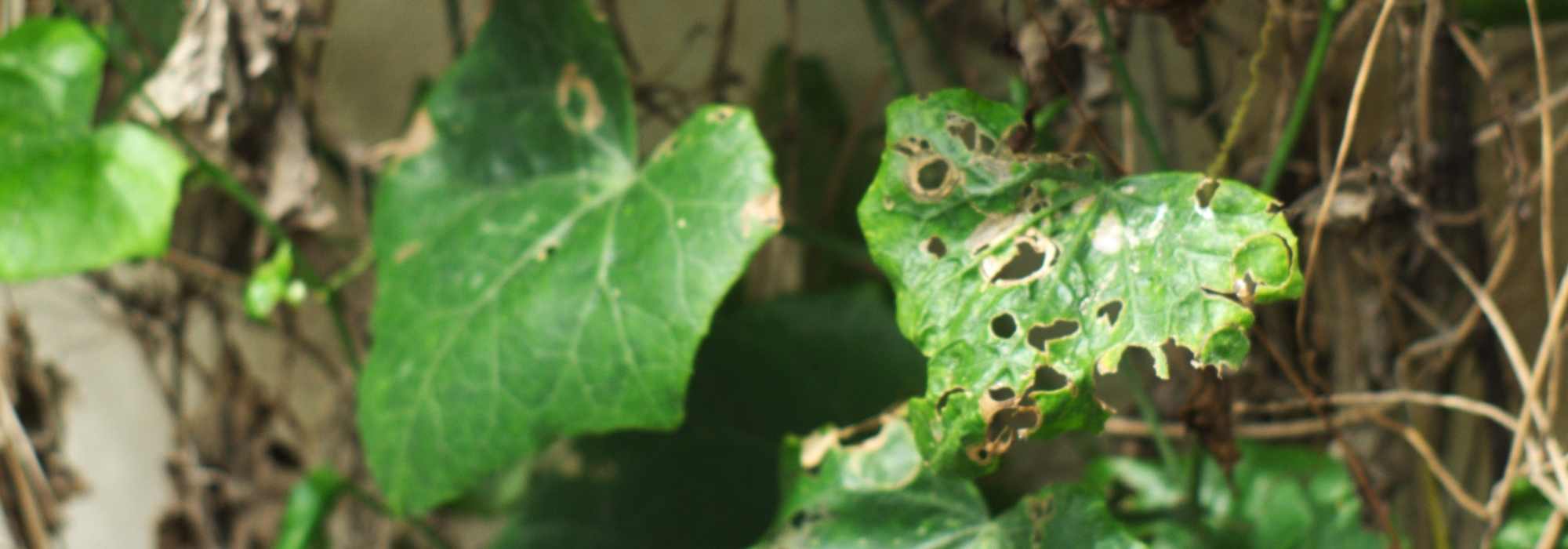
Diseases and Pests of Ivy - Hedera helix
Mainly indoor issues
Contents
Ivy is not very susceptible to diseases and pests: it is a wild species that has developed the best defenses and resistances against diseases. However, growing in pots and indoors can be more challenging. Diseases and pests can then pose problems for the plant. Don’t worry, here’s how to treat it or avoid all of this.

Ivy grown in pots indoors is more prone to diseases
Ivy diseases
Ivy or Hedera helix is very rarely diseased. It is a vigorous, hardy plant that is particularly resilient. Only a few poor growing conditions, especially in pots and indoors, can slightly degrade its aesthetic appearance:
- Leaves are pale: the ivy is grown in full light. Summer sun can cause the leaves of ivy to fade, without any real impact on its survival;
- Leaves are blackened: the ivy is clearly overwatered. In pots, limit watering to once a week and ensure the pot has drainage holes at the bottom. In the garden, even in the heaviest soils and during the wettest seasons, this does not happen!;
- Variegated varieties turn green again: two scenarios may occur. Either the substrate is too rich due to excessive fertiliser application (especially in the case of pot cultivation), or the ivy has been planted or placed too much in the shade. A semi-shaded exposure is better suited for variegated varieties. Remove the leaves that have turned green;
- Leaves are drying out: only in the case of indoor cultivation, the ivy has been placed behind a window exposed to midday sun and the surrounding air is too dry. Move the pot to a location that is more semi-shaded (behind a window facing east, for example) and try growing it in the bathroom.
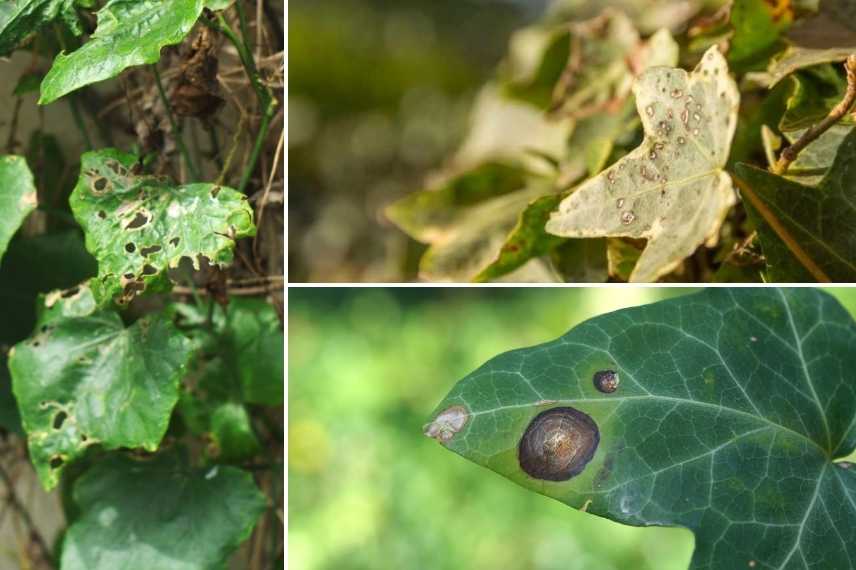
Spots and holes on ivy leaves
The pests and diseases of ivy
As with diseases, ivy is very resistant to attacks from insects or fungi when grown outdoors. In pots, it can often be more problematic.
- Red spider mites: despite their name, these are actually mites. During an infestation of red spider mites on your ivy, the leaves may become discoloured. These mites hate humidity. A simple daily spray of non-limestone water on the foliage should eliminate them;
- Mealybugs: they resemble small, immobile white pustules. You can remove them using a cotton pad or preferably a cotton bud soaked in 90°C alcohol;
- Aphids: the only problematic insect that can be found in large numbers on ivy in the garden. Often, their numbers are regulated by garden wildlife (ladybird and lacewing larvae). However, if the infestation is such that it concerns you or if the aphids are on ivy grown indoors, you can spray a solution of black soap which has insecticidal properties.
Please note: ivy harbours many beneficial insects, and treatments against aphids can also affect these auxiliaries, which is why it is best to act only in the case of a severe infestation.

Aphids, mealybugs, and red spider mites
Discover other Hedera - Ivy
View all →Available in 1 sizes
Available in 3 sizes
Available in 1 sizes
Available in 1 sizes
Available in 2 sizes
Available in 1 sizes
Available in 1 sizes
Available in 2 sizes
Available in 1 sizes
Available in 1 sizes
Ivy gall: no problems!
A gall is not a disease, but a reaction of the plant to the bite of an insect or mite (more rarely due to the attack of a fungus). Ivy in the wild or in the garden can exhibit very discreet galls caused by a dipteran from the family Cecidomyiidae: Dasineura kiefferi. The floral buds are slightly enlarged and the flower remains closed. No need to worry, these galls pose no problem for the survival of the ivy. So just leave it be! Especially since it’s barely visible…
- Subscribe!
- Contents
































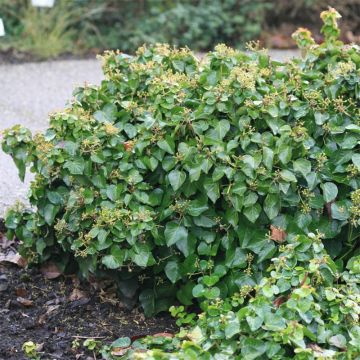
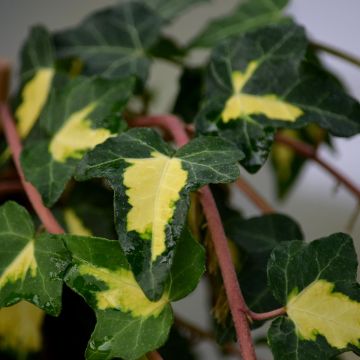
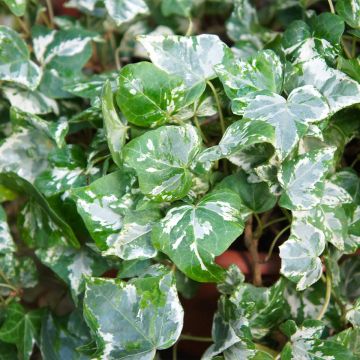
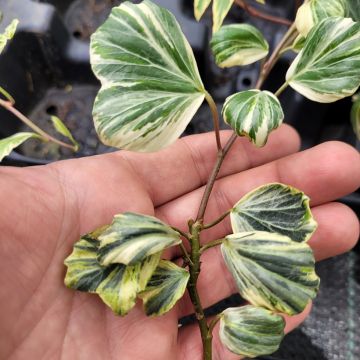
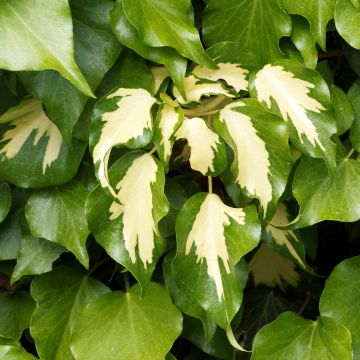
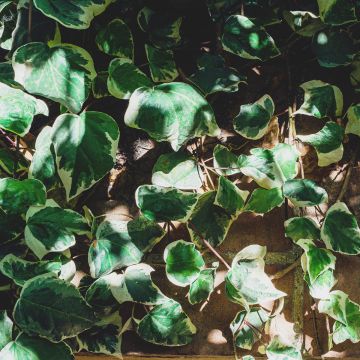
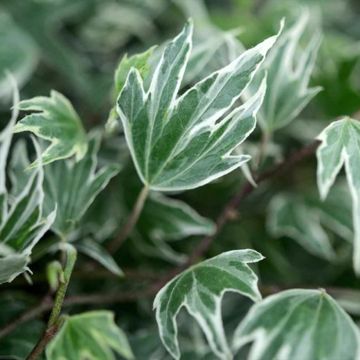


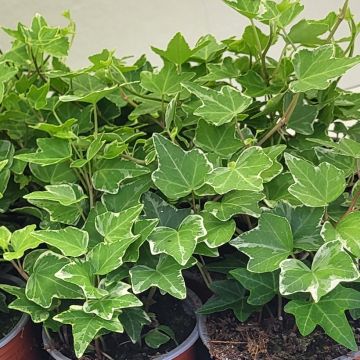
Comments